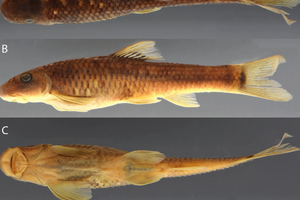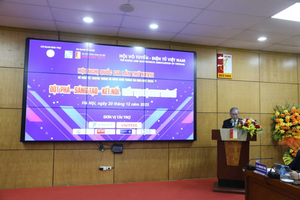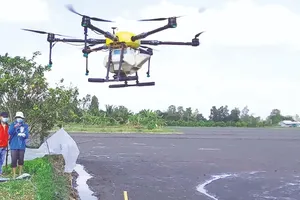
In the conference ‘Developments in Satellite Technologies’ co-held by the Ministry of Information & Communications and the Global Satellite Coalition (GSC), predictions revealed that in the near future, satellite Internet will become so popular that it will surpass its fiber optic counterpart.
Therefore, Deputy Minister of Information and Communications Pham Hong Hai stated that this new tool is expected to alter the competition environment or even the traditional order of telecommunications.
However, due to the failure of satellite groups like Global Star and Iradium, the Ministry is now trying to identify whether newer satellite groups with advanced technologies would be able to succeed in providing low-cost Internet access.
In addition, the wide application of satellite Internet raises the issue of effective management, including permission issuing, service provision, information safety insurance, and cyber security.
Until the end of 2018, Vietnam owns five satellites of VINASAT-1, VINASAT-2, VNREDSat-1, F-1, and PicoDragon. Among them, VINASAT-1 and VINASAT-2 are information and communications satellites, while the rest are responsible for investigating land and serving scientific purposes.
At the beginning of 2019, Vietnam successfully launched the sixth satellite named MicroDragon. It is planned that until 2022, the country is going to launch three more, consisting of NanoDragon, LOTUSat-1 and LOTUSat-2, the last two of which are going to be the first radar ones of Vietnam.
























